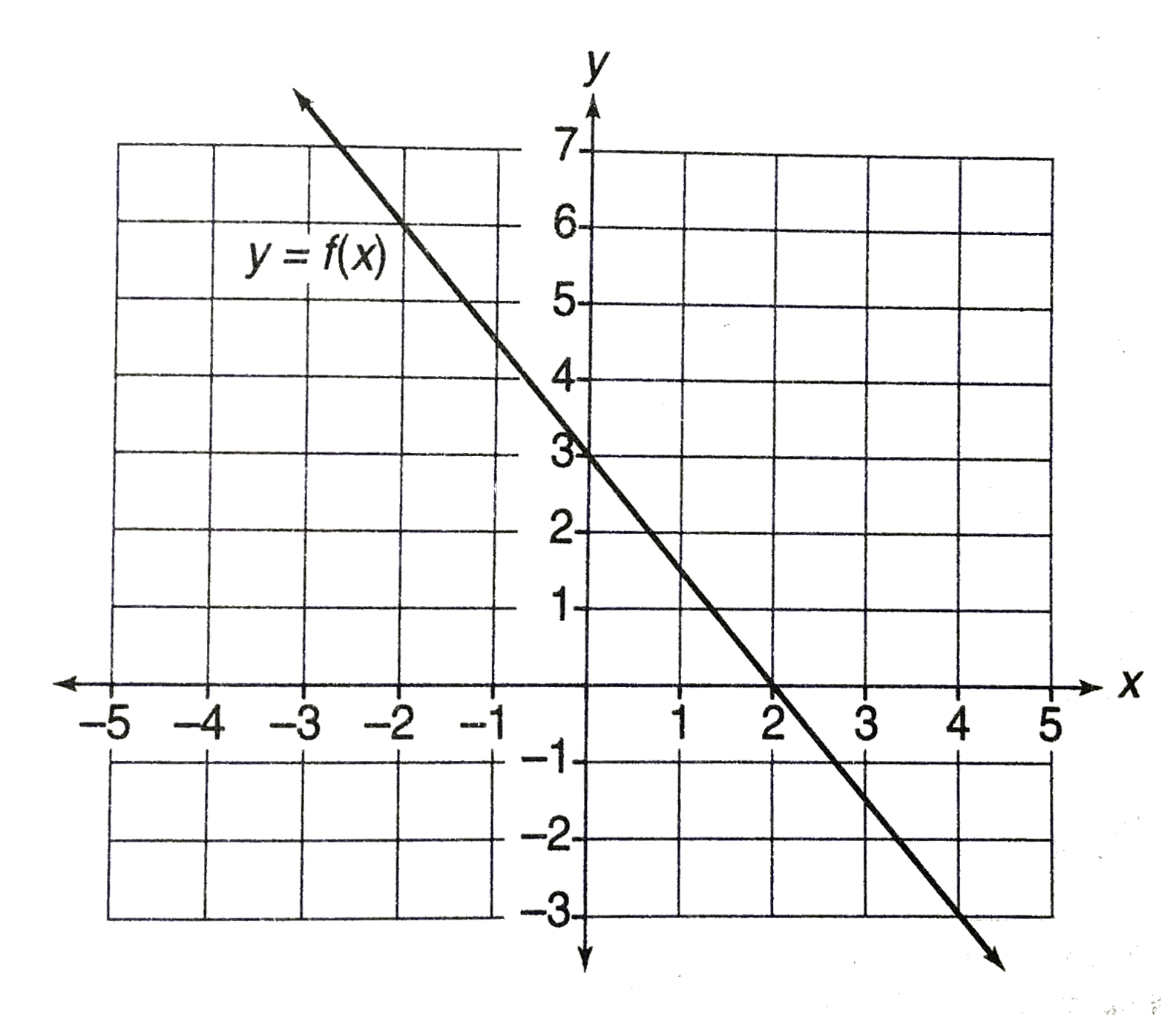Function of iris is to
move lens forward and backward
refract light rays
bring about movements of eyelids
alter the size of pupil
The correct Answer is:D
Step-by-Step Solution:
1. Definition of Iris: The iris is a thin, circular structure in the eye that surrounds the pupil. It is responsible for controlling the diameter and size of the pupil.
2. Origin of the Term: The term "iris" comes from the Latin word for rainbow, which reflects its various colors.
3. Structure of the Iris: The iris is an extension of the choroid layer of the eye and contains two types of muscles: radial muscles and circular muscles.
4. Function of Muscles:
- Radial Muscles: These muscles are responsible for widening the pupil (dilating the pupil). When they contract, the pupil enlarges, allowing more light to enter the eye.
- Circular Muscles: These muscles constrict the pupil (making it smaller). When they contract, the pupil shrinks, reducing the amount of light entering the eye.
5. Regulation of Light: The primary function of the iris is to adjust the size of the pupil, thereby regulating the amount of light that enters the eye. This is crucial for protecting the retina from excessive light and for improving vision under different lighting conditions.
6. Conclusion: Therefore, the function of the iris is to control the size of the pupil and regulate the amount of light entering the eye.
---
- Radial Muscles: These muscles are responsible for widening the pupil (dilating the pupil). When they contract, the pupil enlarges, allowing more light to enter the eye.
- Circular Muscles: These muscles constrict the pupil (making it smaller). When they contract, the pupil shrinks, reducing the amount of light entering the eye.
Similar Questions
Knowledge Check
The function of tRNA is to :
Asynthesize amino acidsBtranscribe the genetic codeCform a site for protein synthesisDtransport specific amino acids to specific sites on the mRNA
A linear function f is shown in the accompanying figure. If function g in the reflection of function f in the x-axis (not shown), what is the slope of the graph of function g?A−32B−23C23D32The function of endosperm is to :
Adevelop into the fruitBprovide water to the embryoCprovide nutrients to the embryoDprovide a protective coating for the embryo
The central opening of iris is called as
(a) Cornea
(b) Lens
(c) Pupil
(d) Fovea centralis
View SolutionThe function f(x)={x}sin(π[x]), where [.] denotes the greatest integer function and {.} is the fraction part function , is discontinuous at
View SolutionList four functions of proteins and name one protein that performs each function.
View SolutionFunction of thyrocalcitonin :
View SolutionFunction of Nucleases :
View Solution
